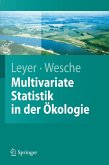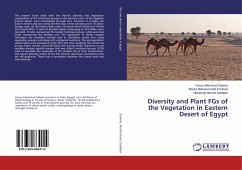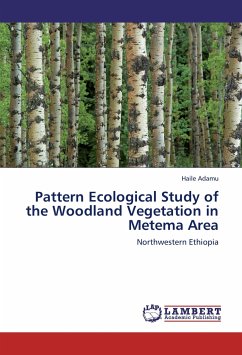This book communicates an analytical exploration of the vegetational profile of Nandiar Khuwar Catchment area, District Battagram, Pakistan. The area provides a variety of geo-climatic regimes within a sharp relief of 525-3817m from subtropical to alpine zone with total land area of 1301km2.With respect to phenology, the maximum plant species flowered in April-July and maximum plant species showed fruiting in May-August. Among life form classes, phanerophytes were dominant followed by therophytes group. The leaf size spectra were dominated by microphyll followed by mesophyll. TWINSPAN classification sorted out vegetation of the area into 13 plant communities. DCA clustered different species having similar habitats and different stands having common species. The CCA showed that plant species and stands were in linear combination with environmental variables.We concluded that Nandiar Khuwar Catchment has great potential for conservation of the native species of the Western Himalayan Ecoregion. The conservation issues needs to be addressed through devising strategies for protection, recovery and rehabilitation of the threatened species within their respective stands.
Bitte wählen Sie Ihr Anliegen aus.
Rechnungen
Retourenschein anfordern
Bestellstatus
Storno








